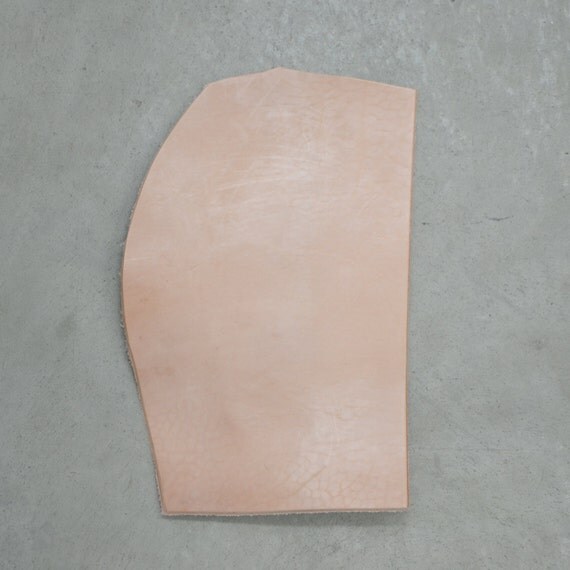

In the second case, with the technique of immersion, homogeneous colors are obtained thanks to the use of cylindrical containers containing suitable products and dyes. In the first case, using the technique by hand, it is possible to obtain beautiful effects of aging through variations in tonality. The end user can find in the veg crust leather an ideal companion for his creations and engravings and can also proceed with the dyeing, either by hand or by immersion. Eventually, during the sale phase, it can be equalized and sanded or only shaved from the flesh side and possibly ironed or rolled in order to polish and uniform the grain. The vegetable leather, especially if fattened with tallow or with sulphonated fat liquors, can already be considered "beautiful" as it is, because of its very natural appearance. This leather raw material can be used both in the natural version and in the dyed in barrel version without finishing, as well as finished. Raw leather hides for saleĪnother case of crust leather concerns the vegetable tanned raw leather hides ready to be worked. The price of this intermediate product, still marketed today, also took into account the fact that the cost of a subsequent re-tanning would have been cheaper, as it was a material in an advanced state of production, the quality of which was (and is still today) immediately appreciable and valuable unlike the raw leather hides with hair, which usually just come out of the slaughterhouse are put under salt to allow its preservation. Therefore, for crust leather it was meant a leather simply pre-tanned in wet (hence the names: "Wet-Blue" and "Wet-White") which, however, had already absorbed a large amount of tanning materials leading to raise its commercial value. Finally, thanks to finishing processes, this material took on the appearance and characteristics that we all know and appreciate on the final products. These skins, which often were cow crust, sheep crust or goat crust hides, were mainly processed with the traditional method of vegetable tanning, and then they were immersed briefly in a tub before undergoing a re-tanning process, fattening and If necessary dyeing in barrels. Originally the term “ crust leather” referred only to the hides that were tanned and dried without a complete fattening, dyeing and obviously a finishing touch. all those that take place in the drums) and which are only to be submitted to refining mechanics works, such as: stacking machine, trimming, grinding (both on flesh side and grain one), varnishing and sanding (the partial removal of the grain in much lighter way than grinding) or even immediately ready for the final finishing process. The current meaning of crust leather today commonly includes every type of leather where the wet processes are completed (i.e.

Crust leather is a leather that has been completely tanned but not yet finished.


 0 kommentar(er)
0 kommentar(er)
